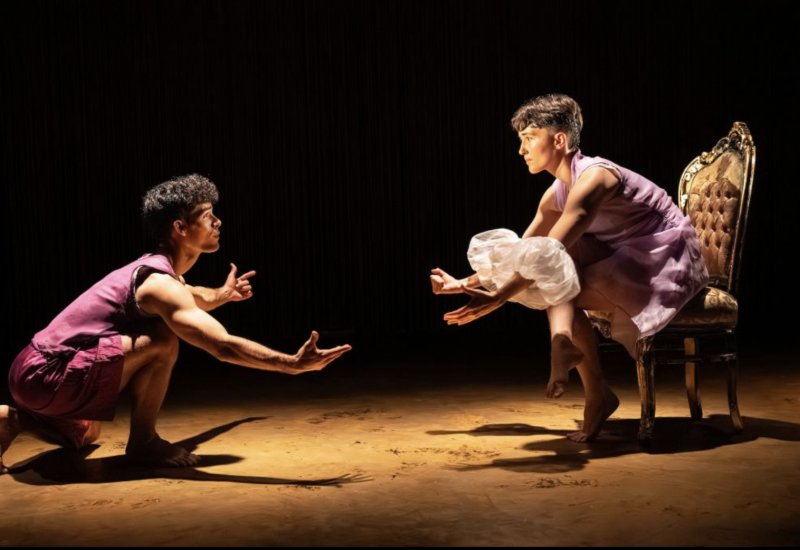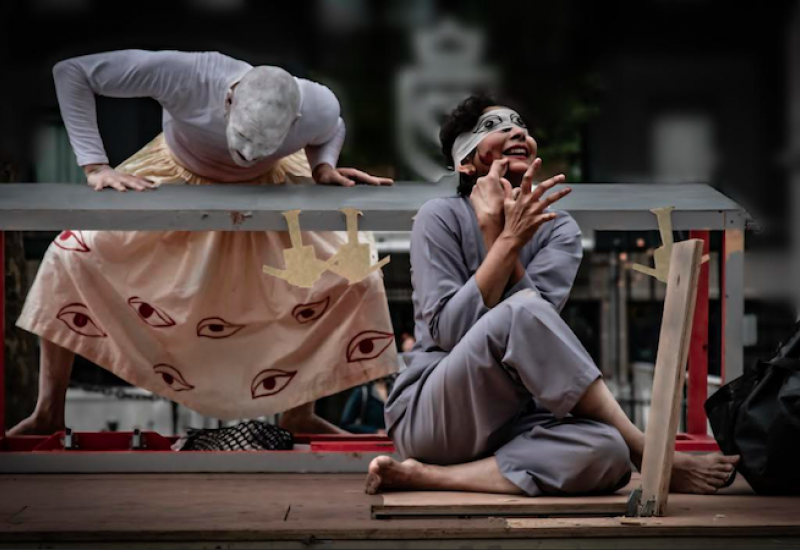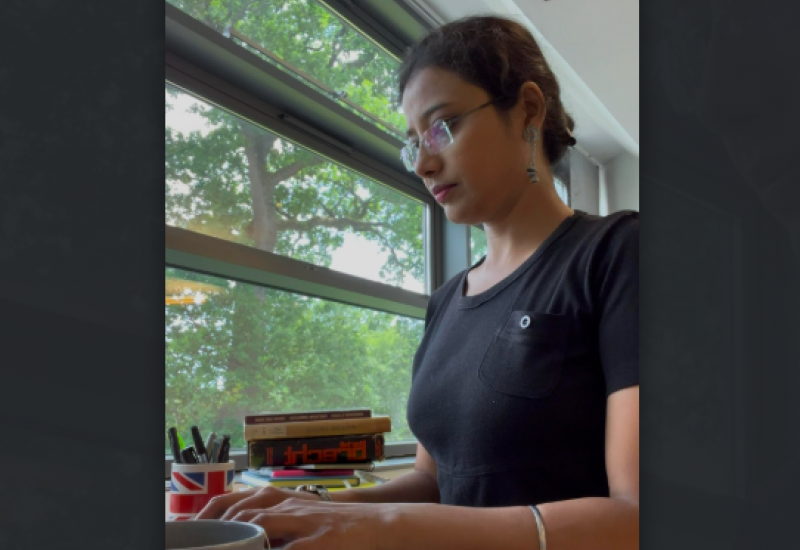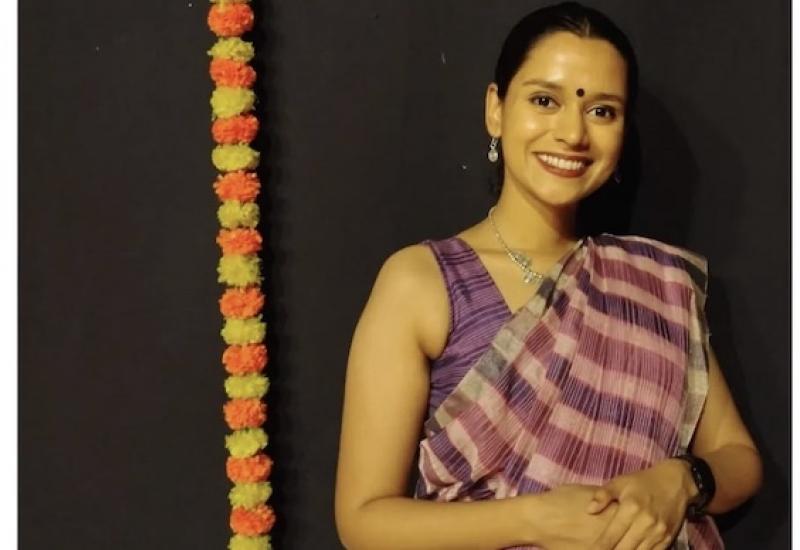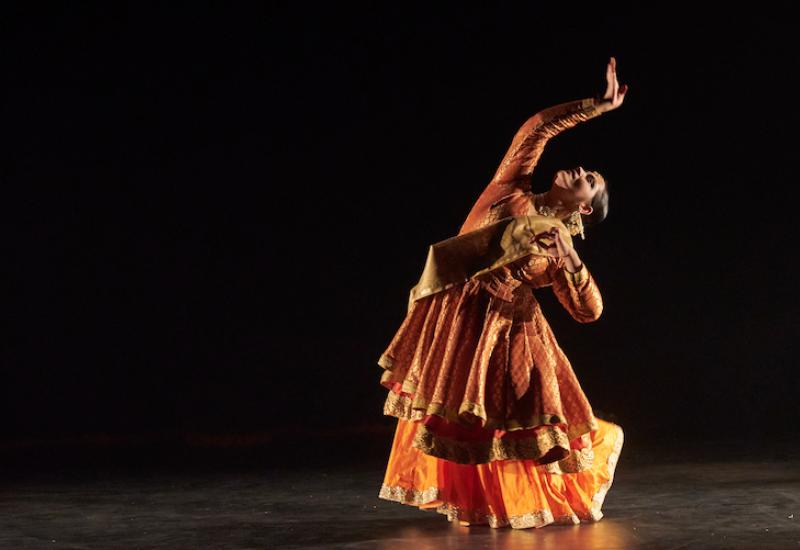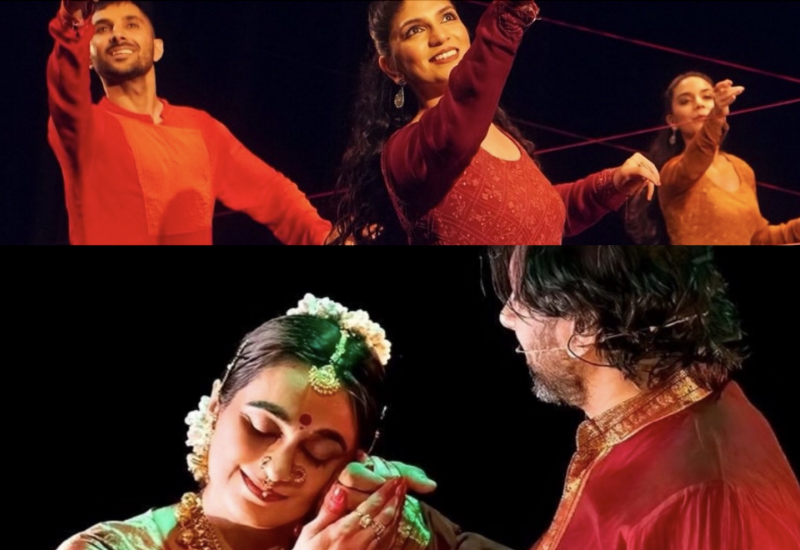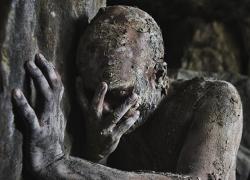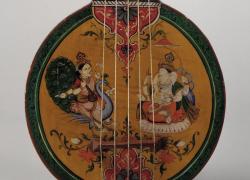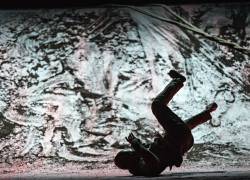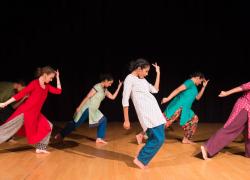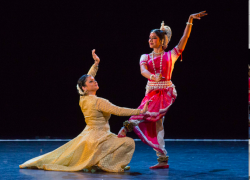AO Global: The Road to Nine. Bisakha Sarker, blogpost 5: Veera ('Courage')
The exploration of the state of being ‘courage’, veera in Sanskrit, opened with renowned dance artist Aditi Mangaldas highlighting the gender bias in the popular perception of the word ‘courage’. In simple terms veera refers to a superior being. There can be various kinds of veera or courageous people. For example we can call a person gyan-veer, daya-veer, daan-veer or judha-veer, etc. which mean that the person is known for his knowledge, compassion, charity, warfare. Aditi raised the question, ‘why do we always associate courage with the bravery of men and look for examples of this particular state of being from the heroes of mythological stories? What about the common people? Why do we not consider a pregnant woman giving birth as a symbol of courage? Through these bold opening statements she took the discussion to a different level. Of all the nine states of being or rasas, she finds that only one, karuna, ‘compassion’, is linked to a feminine attribute. All others are seen as a sign of masculine energy. It is a common practice to relate courage with male characters. The only exception she could remember was the Queen of Jhansi, Lakhshmi Bai.
This is where my experience is quite different. I was brought up in West Bengal, dancing to Tagore’s songs from early childhood. Rabindranath Tagore took a keen interest in developing dance as a popular art form and to give it a status in society. He wrote songs and dance dramas with strong and courageous female characters, so that the girls from educated middle class families could dance in public with dignity. In the early thirties he wrote Natir Puja, ‘A Dancing Girl’s Worship’. This is a tale of devotion and sacrifice. It is a story about a young court dancer’s defiance of the king and her sacrifice for her faith. From the ancient epic the Mahabharata, Tagore told the story of Chitrangada, who took her destiny in her hands and asked her beloved Arjun to treat her neither as a goddess nor as a woman of no significance but to take her as his equal. In the dance drama Chandalika, we see Prakriti, a young woman from a low caste family, raising her voice against the injustice and inequalities in the society. These women showed different kinds of courage in their lives. We grew up dancing these characters. For the first time I realised how deeply these stories have contributed in my life; as an artist how I have enjoyed finding different ways of interpreting these stories for a new audience. When Aditi mentioned another mythological character Ahalya and referred to pregnant woman, that reminded me of my experiences as an artist. For the Physically Feminine festival, in Liverpool (1996), dance artists Vina Ladwa and Andrea Buckley made a new piece for me based on a translation of Tagore’s poem ‘To Ahalya’ by William Radice. On another occasion at a Commonwealth literature conference in Germany on the request of a Canadian poet I danced to her poem about a pregnant lady. I had almost forgotten these events. Life is strange, suddenly after so many years a chance comment brought back those fond memories.
Aditi Mangaldas shared with us sections of some of her amazing and brave choreographies based on very difficult contemporary concerns. It was a real treat to get a glimpse of her work. There were many gems amongst what she said. I think what may greatly inspire young participants was her advice, ‘have courage to dance your own dance’.
In the second half of the session Kesha Rai took us through a practical session. She had created a very nice movement motif based on how she understands courage. In a relatively short time she managed to teach us the short section and left us with the homework: to play with what she had taught. A tall task indeed, but I like the freedom to combine my imagination with hers.








